 Janet Brady Calhoun graduated cum laude from Franklin and Marshall College, Lancaster, Pennsylvania at age fifty. She went on to become the first woman president of Lancaster City Council, the Lancaster County co-chair of Congressman Tom Ridge’s successful gubernatorial campaign, and the Executive Director of Pennsylvania’s First Lady’s signature project. Janet completed her government service as Special Assistant to the Secretary of Human Services.
Janet Brady Calhoun graduated cum laude from Franklin and Marshall College, Lancaster, Pennsylvania at age fifty. She went on to become the first woman president of Lancaster City Council, the Lancaster County co-chair of Congressman Tom Ridge’s successful gubernatorial campaign, and the Executive Director of Pennsylvania’s First Lady’s signature project. Janet completed her government service as Special Assistant to the Secretary of Human Services.
Janet spent five years writing her memoir Rabbit Warrior and another five years deciding whether or not to “stand naked” in public by publishing her memoir. Hoping that one revelatory journey might add perspectives that would soften the journeys of others, “standing naked” won out.
Janet resides in Lancaster, Pennsylvania with her husband Phil, surrounded by her beloved children and grandchildren.
Each chapter did not flow from a book I had just read. Out of 12 books listed in my summer reading list, 5 were referenced. The reading list was provided to guide readers in understanding the path I followed, as well as provide a reading template should they decide to initiate their own spiritual journey.
My journal writing, as well as reading the writing of other authors, confirmed my belief that courageously honest writing can ease the passage through grief as well as reveal the universality of the human condition. That connectivity to others’ stories places ones own journey into proper perspective and ultimately leads to healing and peace.
Initially, I told myself that I would journal to clarify and capture essential parts of myself for myself. Slowly I came to believe that some of my insights might add value and perspective to my loved ones’ journeys as well, moving my writing efforts from personal journal to family memoir. As Phil and I walked on the beach before returning home, I began to consider that my writing might benefit a larger audience.
On our ride home, as I read the Campbell interview, a chapter outline literally catapulted into my mind. Grabbing Campbell’s book, I wrote the outline on the inside cover of his book. The notion to write a memoir had organically emerged from my summer journey.
In an old draft manuscript, I speak about my crossing the Bourne Bridge from the Massachusetts mainland to Cape Cod, reflecting about how the bridge and canal had separated the mainland from Cape Cod and how that separation had allowed the Cape to develop its own unique character. I thought about my summer separation from family as an opportunity to “bourne” a new me. On my return home, crossing the Bourne Bridge once again, I thought about how separation and transformation had enabled me to find a more authentic voice. Like my much beloved Cape, I had been transformed from a mere peninsular extension of family to a much more uniquely me. I had indeed “bourne” another me. Truly “crossing the bridge” transformed my soul.
We are an accumulation of our experiences, and those experiences define who we are and how we perceive the world. Traumatic experiences, most especially, lodge forever in our beings and transform who we are. Time softens the impact of those events but scar tissue remains. Often scar tissue builds strong internal resources, resources that can prove invaluable as we encounter a journey filled with many additional challenges.
Yes indeed, moments of grief do periodically return, but they have lost their unimaginable, disorienting pain. Losses reshape our souls, but also leave us with treasured memories of those we have lost…and those sweet memories sustain us on our journey.
Not so easy, since there are so many profound books to be read. But, Sue Monk Kidd’s, When The Heart Waits, is a book I keep next to my bed for frequent re-reading. My daughter gave the book to me with a notation, “When the heart waits, a butterfly is born.” I also received a butterfly pocketbook to remind me that patient incubation in the chrysalis rewards us with a beautiful transformative ability to fly!
I don’t meditate in the Yogic traditional sense. Being alone in nature is spiritually meditative, but spiritual meditation is a process of opening one’s heart and following your muse to the deepest recesses of your being. It’s a matter of finding places of silence, removed from life’s noise…finding a chrysalis, a place that provides the silence for transformation and growth, a place that allows us to recognize the beauty within and to develop the courage to fly. It is about making a conscious effort to remove oneself from society, to dwell within your subconscious in order to reach your core.
Walking in nature, whether on Cape Cod, a national or local park, contemplating the night sky, rainbows and sunsets, reading the profound thoughts of fellow travelers, watching orchids’ bloom on my kitchen counter, looking into the eyes of a newborn, feeling the love that emanates from my loved ones souls.
Initially, it takes discipline to face the blank computer screen; do the work. But, once engaged, writing carries the writer to places unimagined. Writing memoir is particularly exhausting work that requires emotionally charged introspection, thus writing times and restoration time are essential to maintaining soul-balance.
I will continue to write; informally to stay in touch with my soul; formally, probably another memoir with a short story format. Each of us experiences transformative events in our lives which offer us opportunities to explore who we really are, and even more importantly, who we might become. I wish to examine, more carefully, particular experiences in my life that have shaped who I am.
No, I do not miss being involved in politics. Some of the biggest issues facing our country are: ideological paralysis and the inability to compromise for the good of the whole, lobbyists spending less time educating our legislators about particular issues and more time inappropriately influencing legislator’s decisions, gerrymandering congressional districts into non-competitive enclaves and massive amounts of campaign money. These issues distort the political process and undermine our democracy.
I am sustained by a humanist spirituality. Formalized religion has often been a force for good, but it also has caused an enormous amount of suffering by locking into the notion that my God, my religion is exclusively the way to find our way to God. That rigidity has often locked mankind into divisive “tribal” enclaves that undermine the world’s ability to commit to the Light that inhabits each of us, a Light that ensures man’s humanity to man.
This Principle of Correspondence is the second of seven Hermetic axioms… “As above, so below, as within, so without, as the universe, so the soul…
According to Internet research, “these principles were taught for the purpose of driving personal growth and with the intention of achieving a greater and deeper understanding of the self, the world and beyond. As within, so without refers to how if we look within we find that everyone around us is just like us. As the universe, so the soul refers to the order, rhythm, seasons, chaos, and beauty in the soul.”
Rabbit’s introspective journey produced “a greater and deeper understanding of self” and concluded, with the spiritual revelation at the Wellfleet Audubon Sanctuary, that the Light residing in me makes me holy and the Light which resides in all others makes them holy as well. As Joseph Campbell reminded me as he spoke about American Indian myths…the rabbit represents our internal unrecognized creator, an internal energy threatening to break through. My rabbit broke through at the Audubon sanctuary where the definitive God of my childhood morphed into the more ambiguous but more powerful Spirit of my adulthood. The Light abides inside me. The Light abides inside all living creatures; a profound spiritual connectivity between humankind. How much more glorious our world could be, if all of us could see and honor the spiritual reservoir in each other. For if I harm others, I not only damage their core, but diminish my own. Embracing the notion that there are many acceptable, alternative paths to living life with integrity and goodness, many paths to the Light, it could revolutionize our world.
Indeed, I had found the stillness and peace I sought!
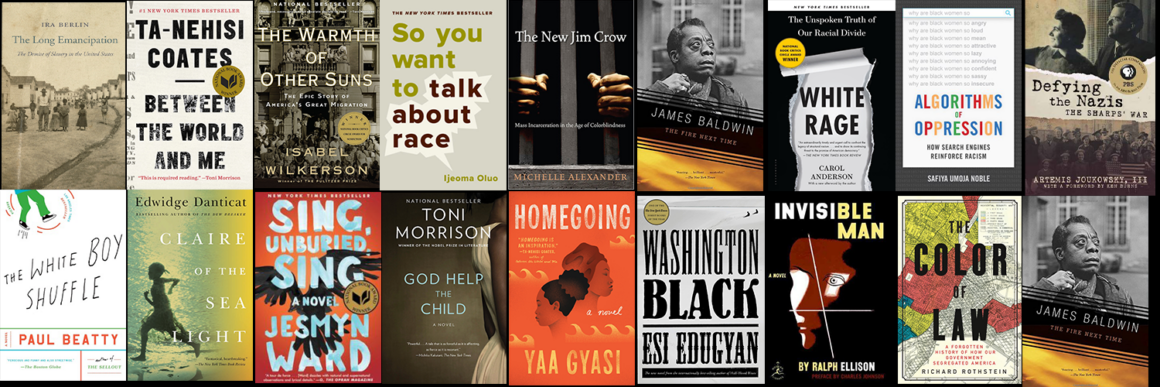

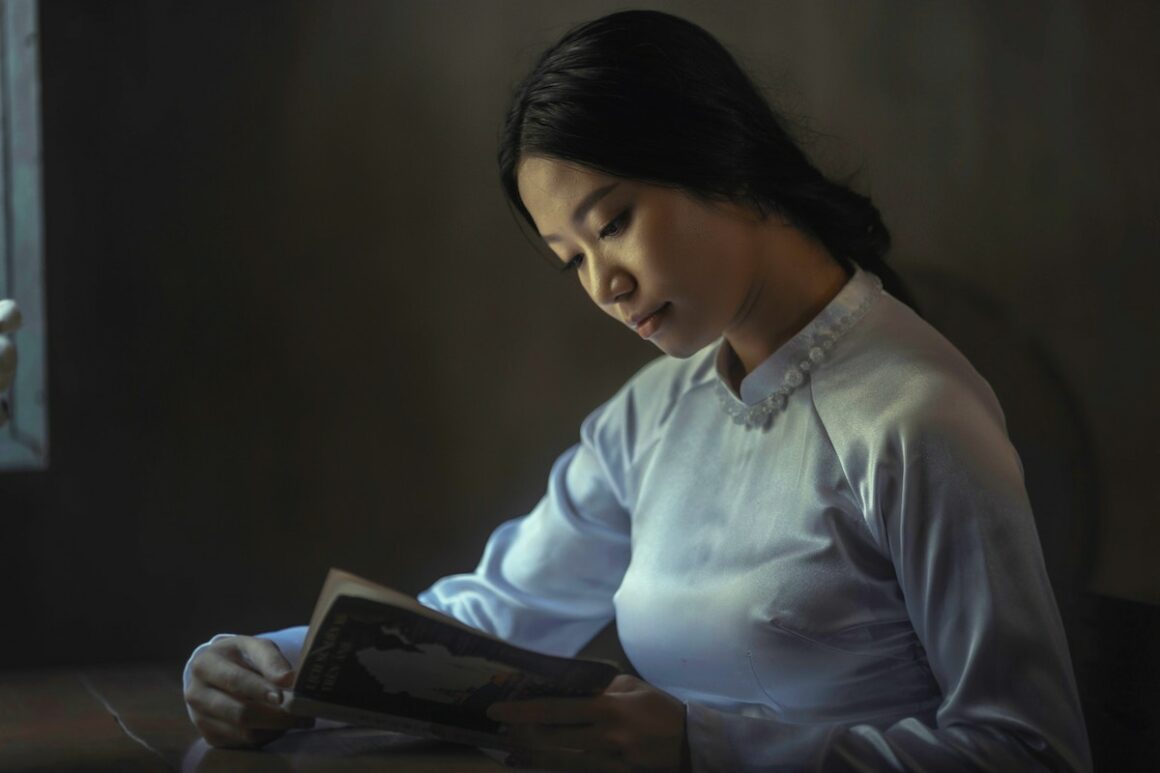

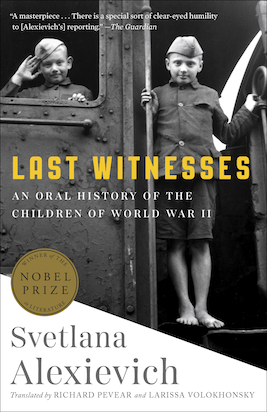
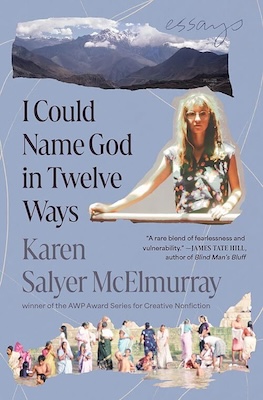
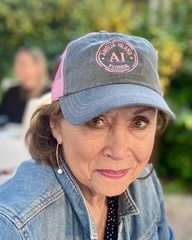
2 comments
Excellent and informative questions and answers.
Thanks, Glenn.